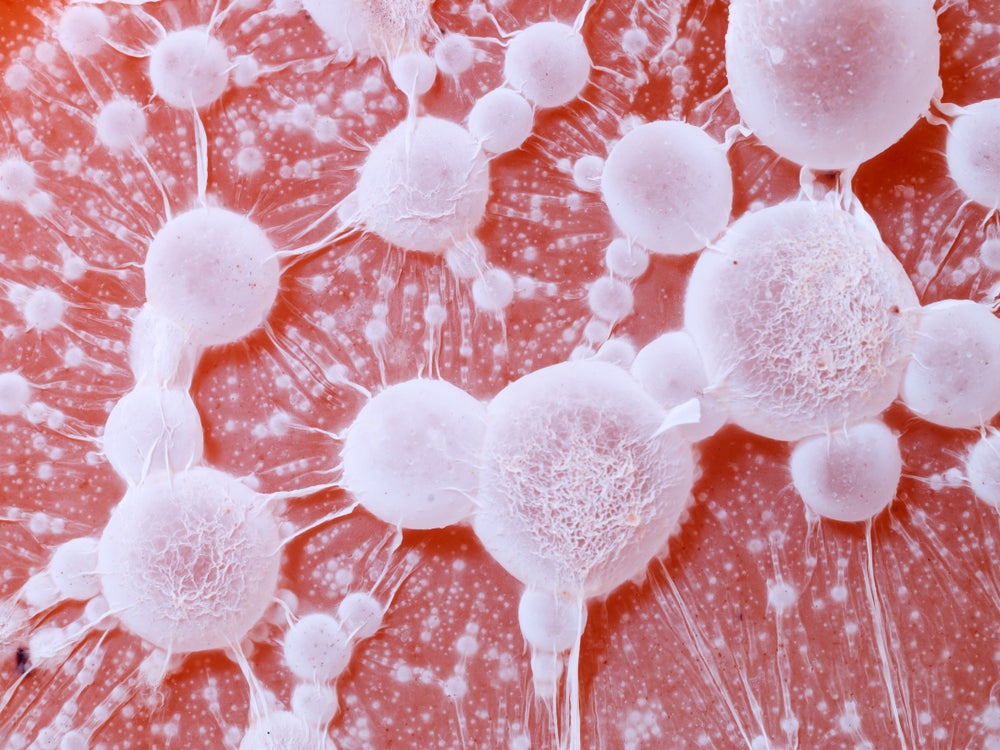Researchers at Illinois Institute of Technology in the US have developed a new collagen-based membrane for use in organs-on-chips to allow better diagnosis and treatment of digestive conditions.
Claimed to be more natural than existing products, the new membrane is expected to allow microchips to better mimic the way healthy intestinal cells become diseased or respond to drugs.
Organ-on-a-chip devices usually consist of a porous membrane surrounded by two flexible, translucent polymers or plastics.
Researchers believe that the commonly used plastic membranes could disturb interactions between cells, which are obtained from a human organ and grown on the polymer or the membrane.
They expect that the newly developed more natural membrane will facilitate normal cell growth and development.
In order to validate the new membrane, the team compared three separate microfluidic devices, with one plastic-derived membrane, one from collagen, and one membrane-free.
How well do you really know your competitors?
Access the most comprehensive Company Profiles on the market, powered by GlobalData. Save hours of research. Gain competitive edge.

Thank you!
Your download email will arrive shortly
Not ready to buy yet? Download a free sample
We are confident about the unique quality of our Company Profiles. However, we want you to make the most beneficial decision for your business, so we offer a free sample that you can download by submitting the below form
By GlobalDataResearchers observed that five days after the implantation of human colon cells into each device, cells on the collagen-based membrane were more viable compared to those in the remaining two devices.
Furthermore, cells grown on the natural membrane were found to be more distinctive and better integrated with collagen fibres, altering the microenvironment.
Based on these findings, the team concluded that use of collagen-based membranes in organ-on-a-chip devices will increase growth, viability and barrier function of human colon cells.
They also hope to observe similar effect on cells from other organs.




